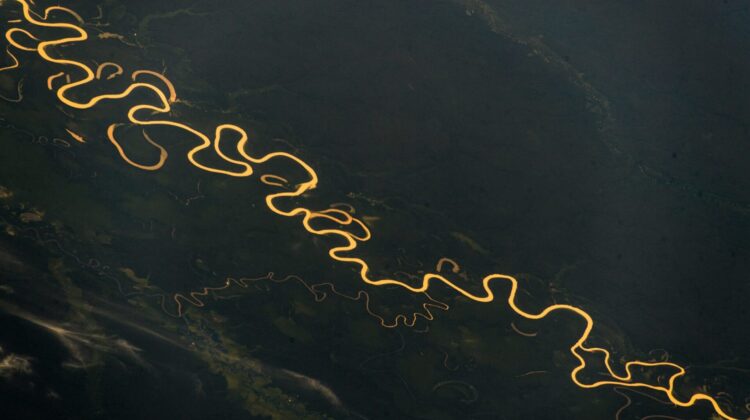
Captured by the Copernicus Sentinel-1 mission on March 3, 2019, this breathtaking image showcases the Amazon River as it winds through one of the world’s most crucial ecosystems—the Amazon rainforest in South America. Credit: Contains modified Copernicus Sentinel data (2019), processed by ESA, CC BY-SA 3.0 IGO.
In this captivating image, processed to highlight water bodies in blue, the Amazon River’s serpentine path is clearly visible. Originating in the Andes, the river travels east across six South American countries before flowing into the Atlantic Ocean on Brazil’s northeast coast. With an approximate length of 6,400 kilometers—equivalent to the distance between New York City and Rome—the Amazon River commands attention as it stretches across the continent.
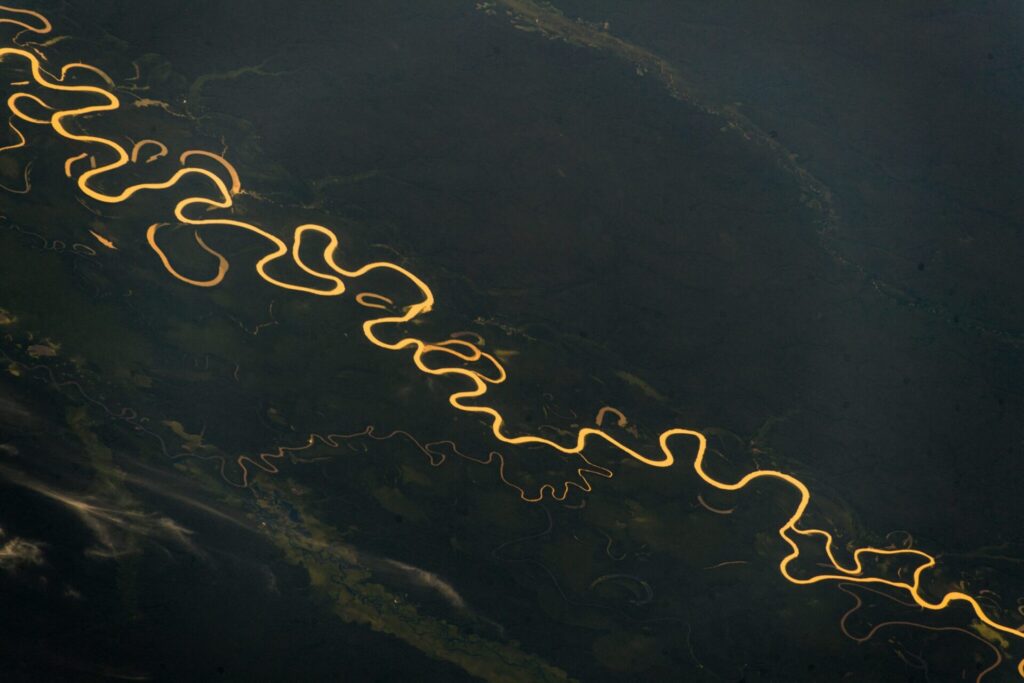
Regarded as the widest river in the world, the Amazon measures between 1.6 and 10 kilometers wide, expanding up to around 50 kilometers during the wet season. It boasts over 1,000 tributaries, making it the largest drainage system globally in terms of flow volume and basin area. The river’s dynamic flow creates a mosaic of older riverbeds visible as delicate lines around the main river in the image’s upper portion.
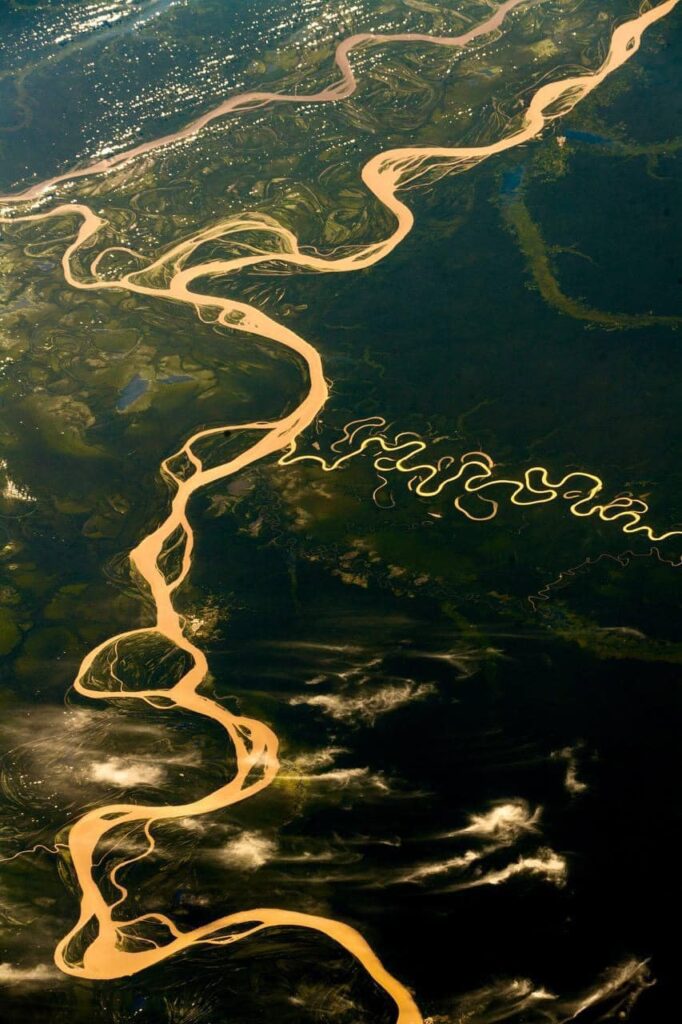
The Javari River, or Yavari River, another prominent tributary, appears as a slender blue line snaking through the rainforest. This river, flowing for 870 kilometers, delineates the border between Brazil and Peru before merging with the Amazon River.
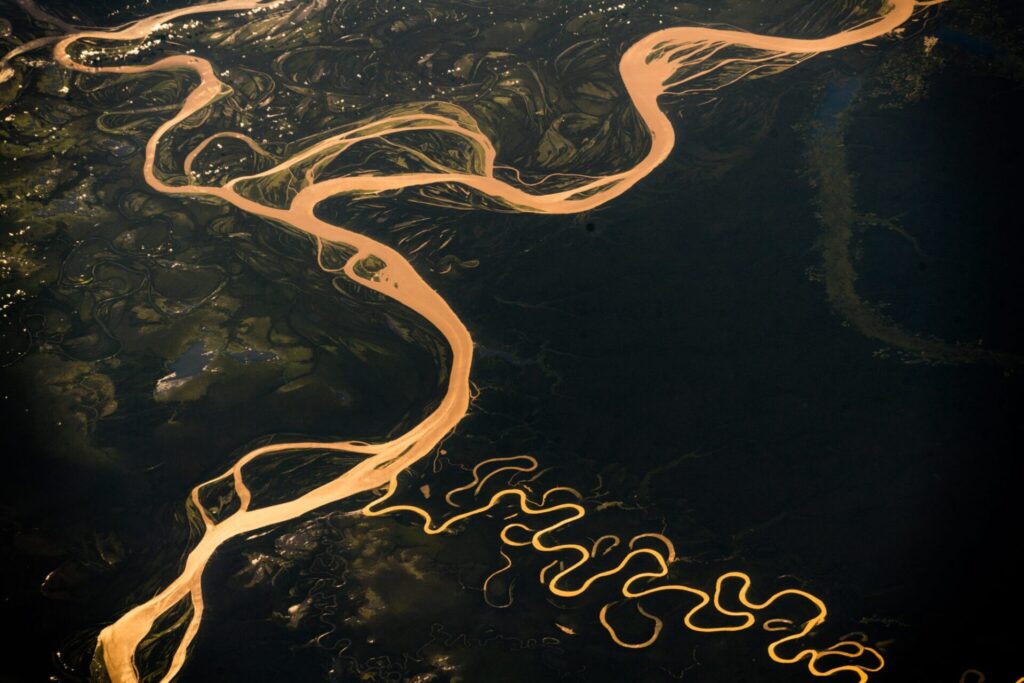
Cities and built-up areas are highlighted in cyan, with locations like Tabatinga and Leticia, including their airports, easily identifiable on the far right of the image. The surrounding Amazon forest is rendered in vivid yellow and orange hues.

The striking colors of this image are the result of combining two polarizations from the Copernicus Sentinel-1 radar mission, which have been processed into a single image. Unlike optical camera images, radar data initially appears in black and white. By aligning radar beams either vertically or horizontally, the data is transformed into colored images, enhancing the clarity of ground features.
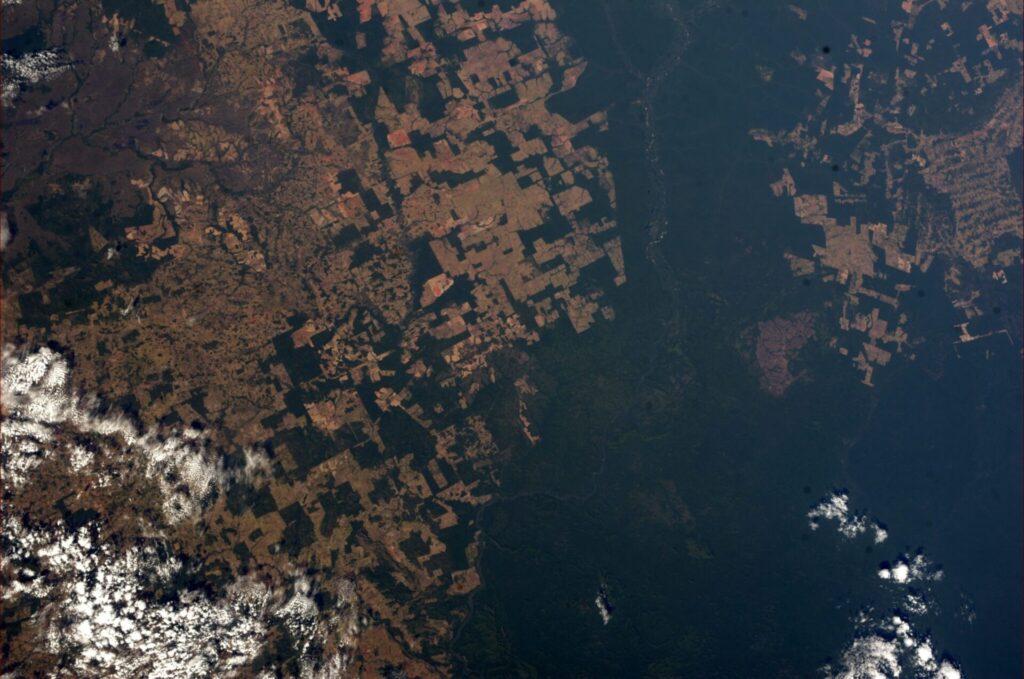
This extraordinary view was acquired on March 3, 2019.

Leave a Reply